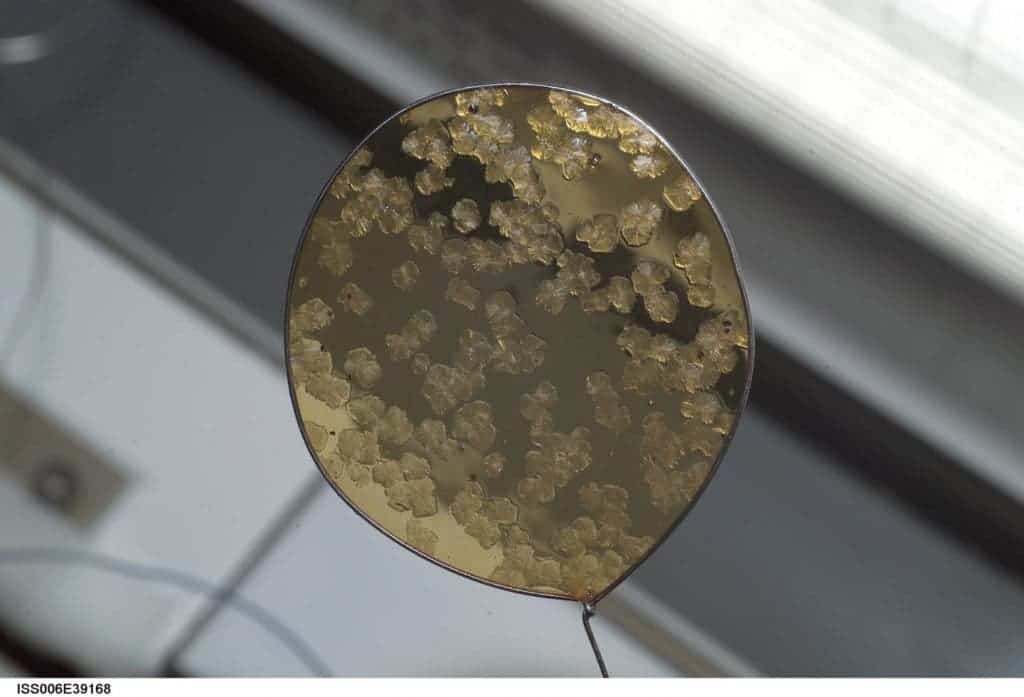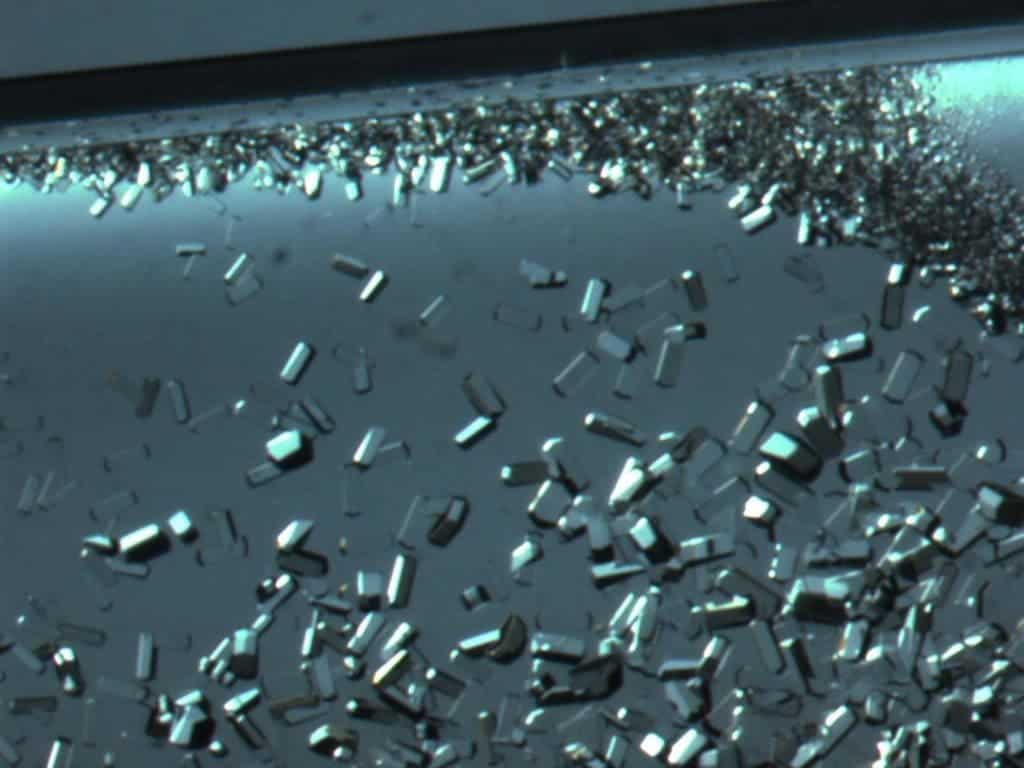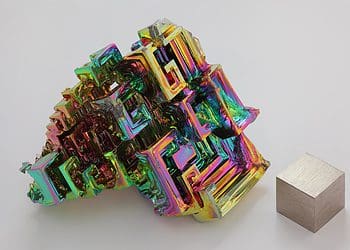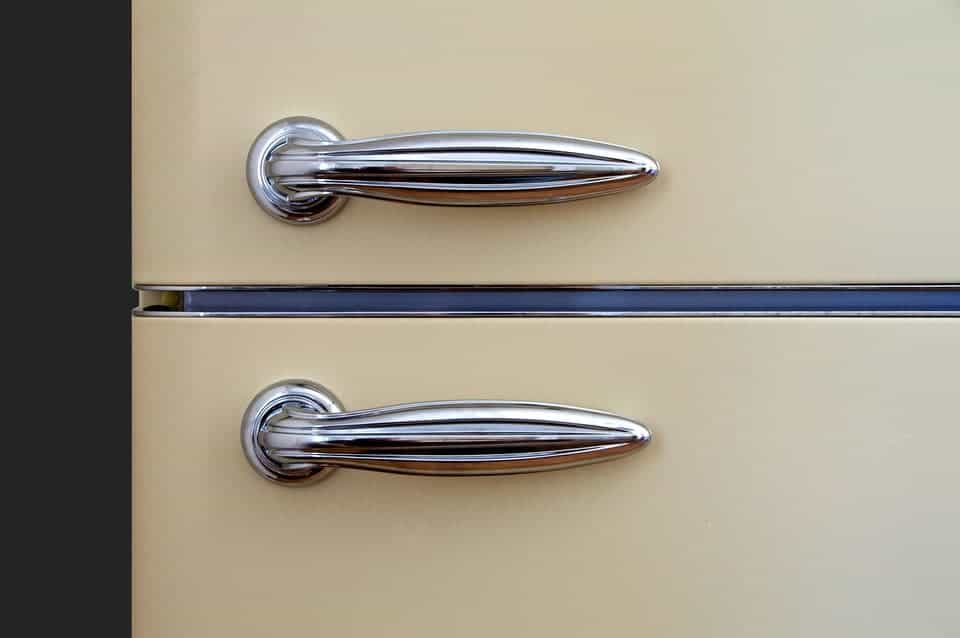Astronauts will grow crystals in outer space, hoping to improve how the process works back here on Earth and ultimately develop better drugs..

Proteins play a key role in human health, helping the body protect, regulate, and repair itself. However, determining their structure is still a very difficult job in many cases. Most proteins are too small be studied even under a microscope and must be crystallized in order to determine their 3-D structures. It’s only after that their interaction with other compounds can be understood and drug developers can develop a specific drug to affect the protein in the desired way — this is called drug design. Researchers have known for a while that crystals grown in space have fewer imperfections than those on Earth, though it’s not clear why this happens. Therefore, NASA has announced two experiments that will be carried out on the ISS to help improve drug design.
Rate of Growth – LMM Biophysics 1
The leading theory regarding space crystals (which totally sounds like a hardcore drug) is that they are higher quality because they grow slower in microgravity due to a lack of buoyancy-induced convection. Basically, the only way these protein molecules move around and create imperfections is through random diffusion, a process which is much faster in the presence of gravity.
“When you purify proteins to grow crystals, the protein molecules tend to stick to each other in a random fashion,” said Lawrence DeLucas, LMM Biophysics 1 primary investigator. “These protein aggregates can then incorporate into the growing crystals causing defects, disturbing the protein alignment, which then reduces the crystal’s X-ray diffraction quality.”

But there’s another theory, which has been much less explored, is that a higher level of purity can be achieved in space. Basically, you could create a crystal with would consist entirely of the proteins you want.
The LMM Biophysics 1 will put these two theories to the test to see which one holds true — or who knows, maybe there’s an entirely different explanation we’re missing right now. If we know why the space crystals are purer, maybe we could replicate that process on Earth, leading to improved drug design.
Crystal Types – LMM Biophysics 3
While LMM Biophysics 1 will analyze why crystals from space are better, LMM Biophysics 3 will try to analyze which crystals benefit most from this environment. Research has shown that some crystals are more stubborn, and have the same quality in microgravity and on Earth. The degree of improvement can also be very important for drug design.
“Some proteins are like building blocks,” said Edward Snell, LMM Biophysics 3 primary investigator. “It’s very easy to stack them. Those are the ones that won’t benefit from microgravity. Others are like jelly beans. When you try and build a nice array of them on the ground, they want to roll away and not be ordered. Those are the ones that benefit from microgravity. What we’re trying to do is distinguish the blocks from the jelly beans.”
Ultimately, this will help researchers and commercial companies bring better drugs faster to the market. If someone would ask “Why should we have a space station in the first place?” and you’d say “To design better drugs,” people would probably laugh in your face. But it’s important to note that the benefits and advancements that the ISS provides are far reaching and sometimes hard to predict.






